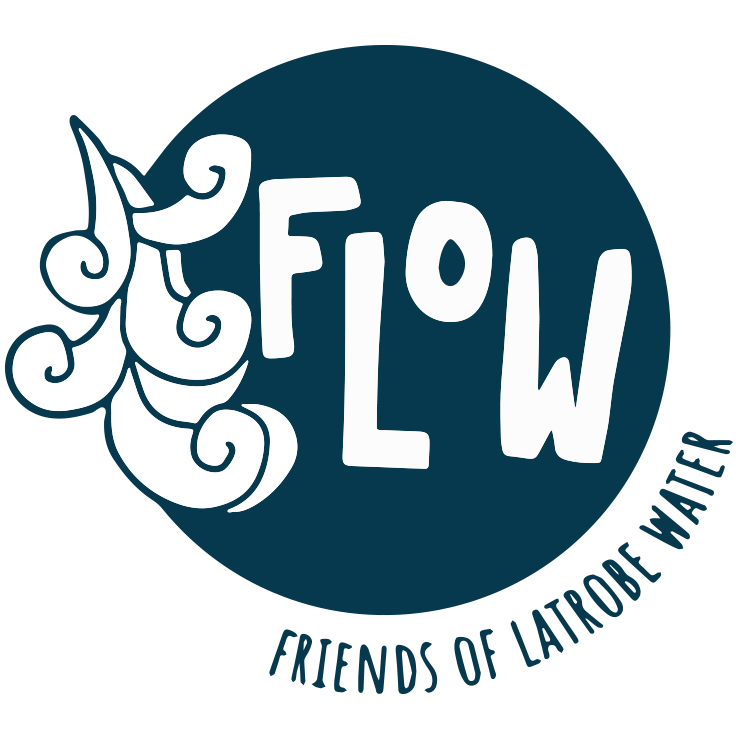MINE REHABILITATION
The mining and burning of brown coal in the Latrobe Valley has had a huge impact on the traditional lands of the Gunnaikurnai people over the last 100 years.
As coal power stations in the Valley inevitably close, power station owners have a legal responsibility to ‘rehabilitate’ the mine sites to reduce the risk of future environmental disasters.
Mine rehabilitation is the process of repairing the damage done by mining activity. This can involve simply making the site safe and stable, but global best
practice strives to create a landscape that can support future uses of the land – such as returning it to an agricultural landscape or identifying new beneficial uses.
At a practical level, coal mine rehabilitation typically involves flattening the steep sides of the mine, covering exposed coal with soil and clay and re-vegetating the area with trees and grasses. In the case of the Latrobe Valley mine sites, the government’s Latrobe Valley Regional Rehabilitation Strategy (LVRRS) released in June 2020 sets out a number of principles for how to achieve “safe, stable and sustainable” outcomes.
Mine rehabilitation has never been completed at the scale that is required in the Latrobe Valley.
Government agencies, the mine operators and the community are embarking on a giant experiment.
What’s happening at ENGIE’s Hazelwood mine?
The mine that fuelled Hazelwood power station is bigger than Melbourne CBD and cleaning it up will be the largest rehabilitation project Victoria has ever had. It will also set a precedent for the remaining mines in the Valley.
This is our chance to get rehabilitation right.
The owner of the Hazelwood mine pit, Engie, wants to turn it into an artificial lake. But their current plan relies on natural water sources, which would have massive consequences for Latrobe river system, Aboriginal cultural heritage and our internationally recognised Gippsland lakes. It would also take water away from agriculture and other industries in our region.
Rehabilitation Vocabulary
The Mine Land Rehabilitation Authority (MLRA) has created a list of commonly used terms used in mine rehabilitation and closure. A shared vocabulary helps to better understand what is happening, and facilitates greater communtiy involvment in discussions and decision making about our future.
What will it take to fill the mines if water is the only option
Hazelwood – 725 GL + annual evaporation 15-20 years uninterrupted fill time
Yallourn – 725 GL + annual evaporation 20-25 years uninterrupted fill time
Loy Yang – 1,420 GL +annual evaporation 20 – 30 years uninterrupted fill time
With the Hazelwood mine already closed, work on mine rehabilitation is well underway, however there are still unanswered questions about what the final outcome will look like. Many community groups have been advocating to ensure the best possible solution for this enormous challenge, one that celebrates the history of the region as well as provides a positive vision for what comes next.
Rehabilitation of the Latrobe Valley mines must leave a positive post-mining legacy in the region. This means rehabilitation must contribute to the future social and economic prosperity of the region. Rehabilitation needs to be done in a manner that safeguards and protects people’s health and the surrounding environment, including waterways such as the Latrobe River that contribute vital freshwater flows to the Gippsland Lakes.




